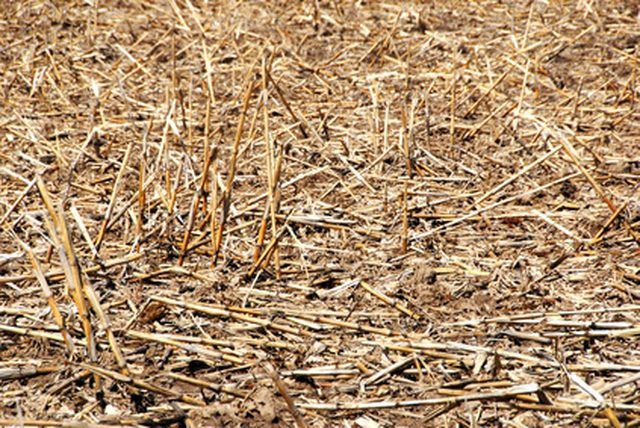Bulbs
Flower Basics
Flower Beds & Specialty Gardens
Flower Garden
Garden Furniture
Garden Gnomes
Garden Seeds
Garden Sheds
Garden Statues
Garden Tools & Supplies
Gardening Basics
Green & Organic
Groundcovers & Vines
Growing Annuals
Growing Basil
Growing Beans
Growing Berries
Growing Blueberries
Growing Cactus
Growing Corn
Growing Cotton
Growing Edibles
Growing Flowers
Growing Garlic
Growing Grapes
Growing Grass
Growing Herbs
Growing Jasmine
Growing Mint
Growing Mushrooms
Orchids
Growing Peanuts
Growing Perennials
Growing Plants
Growing Rosemary
Growing Roses
Growing Strawberries
Growing Sunflowers
Growing Thyme
Growing Tomatoes
Growing Tulips
Growing Vegetables
Herb Basics
Herb Garden
Indoor Growing
Landscaping Basics
Landscaping Patios
Landscaping Plants
Landscaping Shrubs
Landscaping Trees
Landscaping Walks & Pathways
Lawn Basics
Lawn Maintenance
Lawn Mowers
Lawn Ornaments
Lawn Planting
Lawn Tools
Outdoor Growing
Overall Landscape Planning
Pests, Weeds & Problems
Plant Basics
Rock Garden
Rose Garden
Shrubs
Soil
Specialty Gardens
Trees
Vegetable Garden
Yard Maintenance
Why Do They Burn the Corn Stalks in the Field After Harvesting?
Why Do They Burn the Corn Stalks in the Field After Harvesting?. Once the farmers have finished harvesting the corn they are left with the dilemma of what to do with the abundance of crop residue. This residue usually contains harmful insects, weeds and disease, which all have adverse effects on crops the following year. It is thought to be less...

Once the farmers have finished harvesting the corn they are left with the dilemma of what to do with the abundance of crop residue. This residue usually contains harmful insects, weeds and disease, which all have adverse effects on crops the following year. It is thought to be less expensive to burn the corn stalks and residue than to spend the extra money on gas to till under the residue and spray for disease, weeds and insects.
Function
Farmers use the method of field burning to destroy crop residue after the harvest. Crop residue is defined as any part of the corn plant that isn't harvested such as corn stalks, leaves and sheaves. There can be as much as five to six tons of crop residue per acre that a farmer must destroy or utilize in preparation for planting the next spring. Some farmers believe field burning is the most cost effective method in clearing the field of crop residue.
Adverse Effects
Burning the residue causes thick billowing clouds of smoke, which have caused car accidents when the smoke blows over adjacent roads. The smoke is also a health hazard for those who are breathing it during the many hours the fields are burning.
Considerations
When the corn grows it draws nutrients from the soil to produce full-kerneled ears of corn. Burning destroys the crop residue but it doesn't put the potash and potassium back into the soil, two vital nutrients needed by corn. Tilling the crop residue puts these nutrients back into the soil in preparation for the following year's crop.
Misconceptions
It is thought that burning saves money, but the replacement costs for potash and potassium by themselves could cost as much as $70 an acre.
Benefits
In areas where the soil is mostly clay, burning is the easiest way to get rid of tons of crop residue. The clay texture of the soil makes it more difficult to till the residue into the ground. Also, if the ground is wet from heavy rains, burning destroys the crop residue without the need to take the heavy equipment into the muddy field.